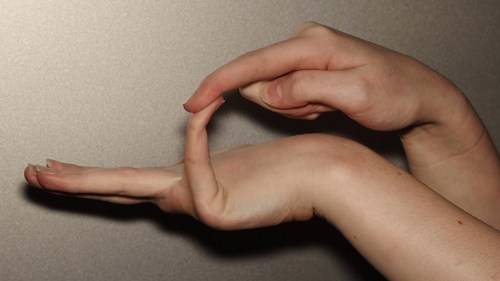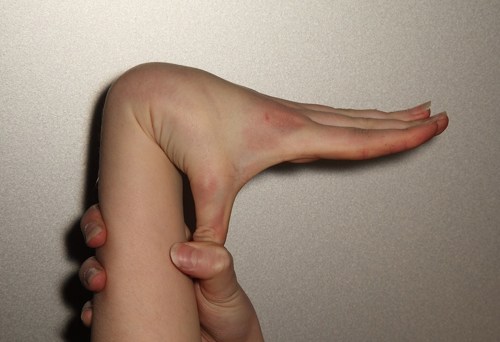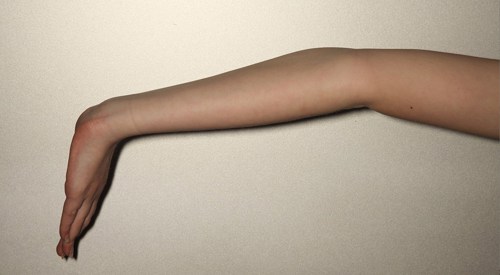Leg Pains - Hypermobility
Chloe is 8 years old and has a 6 month history of leg pains. This would often happen after football and she has now stopped this as an after school activity. She is often reluctant to walk long distances. Parents comment that she complains of pain ‘a lot’ and more than her older brother does. They have tried paracetamol and changing her shoes but her pain has persisted. Chloe’s pain tends to be after exercise and particularly at the end of a school day. Evenings can be difficult. She seems to be fine in the mornings. In this consultation they have mentioned that they are worried about her pain, feel it is ‘not right for a child her age’ and believe that she needs to be investigated.
Chloe had a clicky hip at birth but was reassured after an unremarkable ultrasound scan of her hips. She has had no other past medical history and is on no medication. She walked at 12 months. Her development has been otherwise fine although mum comments that it took her longer to ride a bike compared to her friends.
On examination Chloe appeared well with no pallor, rash or lymphadenopathy. pGALS assessment showed generalised hypermobility, marked at her knees and hips. She also had increased flexion at her wrists and at her fingers (as shown in the pictures below). There was no joint swelling and no restricted joint movement. There was no muscle weakness or wasting.
This is a typical case of joint hypermobility. Pain is brought on by exercise, in relation to the affected joints (e.g., football if lower limbs affected; handwriting or racquet sports in upper limbs). Often the patient will stop the relevant activity, with a recurrence of the pain whenever the activity is restarted. Examination findings are typical for hypermobility and other causes for pain should be considered and excluded.
The photographs below show hyperextension of the little finger (>90 degrees), full flexion of the thumb to reach the forearm and hyperextension of the elbow - these changes are characteristic of hypermobility and should be symmetrical.



There are no red flags at this point in time.
There is no history of trauma or inflammatory symptoms. Red flags for systemic disease are absent.
The history of difficulties with riding a bicycle is noteworthy– be aware of the Developmental Co-ordination Disorder (DCD), which may present with clumsiness and difficulty with certain activities. If her problems persist or she is prone to falling then referral to physiotherapy is warranted.
Discussion should be targeted to explaining the diagnosis of hypermobility and how this should be managed. Reassurance should be given and advice about maintaining muscle strength and returning to sporting activities – this may require a graded physiotherapy programme. The family and patient should be given information about when to return and particularly red flag symptoms and worsening pain.
Maintenance of activity, fitness and muscle strength is important. There may be activities that do not trigger pain (such as swimming, cycling), which the patient should be encouraged to try. School may benefit from knowing about Chloe’s hypermobility as some children with hypermobility of the fingers struggle with handwriting.

